simulate this circuit – Schematic created using CircuitLab
I am reading a paper on TIA for optical receivers. On one of the improvements regarding the noise the writers replace the feedback resistor with a common gate MOSFET biased on the triode.
I can see how the MOSFET provides better flexibility regarding the value of feedback resistance (as it can be manipulated through Vg), but I can't tell why, as they say, it is used "in order to optimize the noise".